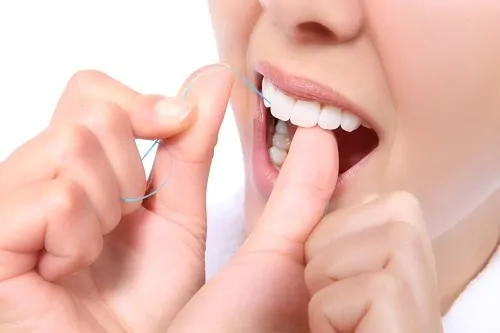
Flossing may seem like a tedious, boring, and difficult task, especially for kids. But if they don’t floss, about 35% of each tooth is left uncleaned, leaving them more susceptible to decay and cavities. At our Woodlands pediatric dental office, we know getting your child to follow good oral health habits can be a challenge, but don’t worry, we’re here to help.
Besides hitting the tough-to-reach areas that a toothbrush alone can’t clean, flossing can polish tooth surfaces by removing buildup and debris. It also eliminates plaque and bacteria that get wedged in between teeth which helps fight off bad breath. Overall, flossing should always be paired with brushing for a healthy mouth.
Good oral health habits start early, and flossing is no exception. Usually, kids should start flossing between ages two and three. However, they may need help from a parent until about eight or ten to ensure they’re doing it correctly and for long enough to be beneficial.
There’s no one way to floss that’s better than another. What’s important is that you find the one that your child is comfortable with so they’re more likely to floss properly and regularly. Some flossing methods include:
Looking for more flossing tips? Call our Woodlands pediatric dental office to schedule an appointment. We can help you and your child find the method that works best for an optimal clean and lifetime of healthy smiles.
Accepting patients from The Woodlands, Spring, and nearby areas.
Flossing may seem like a tedious, boring, and difficult task, especially for kids. But if they don’t floss, about 35% of each tooth is left uncleaned, leaving them more susceptible to decay and cavities. At our Woodlands pediatric dental office, we know getting your child to follow good oral health… Read More…